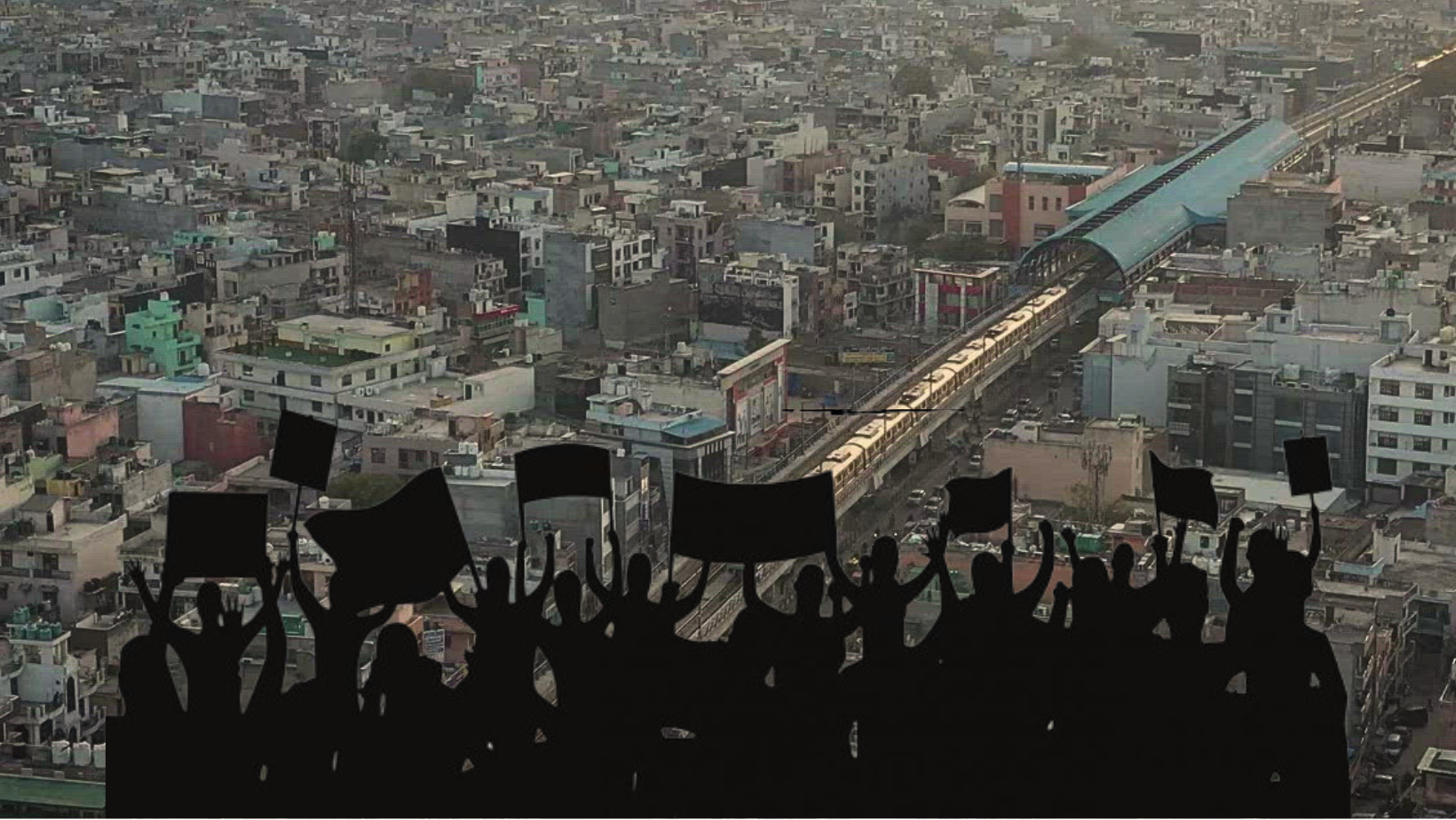Revealing Caste-based Inequalities in Indian Cities

- 15 Apr 2024
Why is it in the News?
Despite Dr. B.R. Ambedkar's hopeful vision for India's cities, the urban fabric continues to be profoundly fractured by enduring caste-based divisions.
Context:
- Caste has historically played a significant role in shaping the social fabric and geographical layout of communities throughout India.
- This influence is palpable in the organization of Indian cities, where caste often dictates spatial arrangements and societal dynamics.
- Despite entrenched obstacles, influential figures such as R. Ambedkar and Jyotirao Phule viewed urbanization as a potential catalyst for the liberation of Dalits.
- Consequently, it becomes imperative to delve into Ambedkar's perspective on urbanization, the enduring prevalence of caste-based discrimination within urban environments, and the ongoing hurdles encountered by Dalits and Muslims concerning housing and access to public services in urban areas.
What was B. R. Ambedkar’s View on Urbanization?
- A Pathway to Empowerment: B. R. Ambedkar, an eminent social reformer and advocate for Dalit rights, envisioned urbanization as a pathway to empowerment for marginalized communities in India.
- He posited that the traditional social structures prevailing in Indian villages were inherently oppressive due to the rigid caste system, which predetermined individuals' social status and opportunities based solely on their birth.
- Ambedkar contended that Indian villages served as the "working plant of the Hindu social order," perpetuating caste-based hierarchies that marginalized and subjugated Dalits.
- Viewing urbanization as a means of dismantling this entrenched caste-based order, he saw cities as spaces where individuals could blend into anonymity amidst a diverse population, transitioning from a caste-oriented society to one structured more around class.
- Disrupting Caste-Based Hierarchies: Ambedkar believed that this transition from a genealogy-based social structure to one centered on resource accumulation would weaken the systems of caste oppression that were deeply entrenched in rural areas.
- Urban environments, he argued, would offer Dalits access to diverse economic opportunities and avenues for skilled labor, enabling them to enhance their social and economic status.
- In cities, Dalits could potentially break free from the occupational constraints dictated by caste in villages, thereby fostering social mobility and economic independence.
- Additionally, Ambedkar saw urban areas as hubs of greater political and social awareness, with educational institutions and opportunities for civic engagement that could empower marginalized groups to assert their rights and actively participate in democratic processes.
- Urbanization Challenges and Ambedkar's Hope: Despite advocating for urbanization as a means of empowerment for marginalized communities, Ambedkar was cognizant of its inherent challenges.
- He acknowledged the persistent presence of caste-based discrimination within urban settings, drawing from his encounters with adversity.
- Ambedkar's personal experiences, such as his difficulties in securing housing in Baroda and encountering caste-based restrictions in textile mills, underscored the reality of caste-based biases in urban areas.
- However, rather than succumbing to disillusionment, he maintained an optimistic outlook regarding the transformative potential of cities.
- Ambedkar perceived urban environments as arenas where individuals could assert greater agency and autonomy in shaping their lives.
- Despite the hurdles presented by caste-based discrimination, he remained hopeful that cities could provide avenues for marginalized groups to transcend social barriers and realize their full potential.
Endurance of Caste-Based Bias in Urban Environments:
- Language of Purity-Pollution: Urban caste discrimination primarily manifests through the concept of purity-pollution, deeply ingrained in Hindu social practices.
- This notion labels specific foods, behaviors, and individuals as pure or impure based on caste.
- For instance, a 2021 survey revealed that non-vegetarian diets hinder rental housing access, reflecting prejudice against meat-eating castes.
- This notion labels specific foods, behaviors, and individuals as pure or impure based on caste.
- Caste Segregation in Housing: The purity-pollution concept extends to housing practices, with Dalits and other lower castes facing discrimination in renting or purchasing urban homes.
- Landlords and housing societies may reject them based on perceived cleanliness or dietary habits, leading to segregation and ghettoization.
- State-Sanctioned Policies: Government policies have also perpetuated urban caste-based discrimination.
- In March 2017, Uttar Pradesh restricted meat sales near religious places and mandated meat shops to conceal products from pedestrians.
- Similar measures in Gujarat targeted street food vendors selling meat-based items, citing religious concerns.
- These policies reinforce caste divisions by labeling meat as impure and associating it with certain castes.
Ambedkar's Vision, Discrimination's Impact, and Urban Space Inequity:
- Enduring Significance of Ambedkar's Vision: Dr. B.R. Ambedkar's vision of urbanization as a means for Dalit liberation remains relevant today, emphasizing the continuing pursuit of social justice and equality in Indian cities.
- His work highlights the need to address both historical and present-day caste-based discrimination to create inclusive urban environments.
- Spatial Consequences of Discrimination: Caste-based discrimination significantly affects urban spaces by segregating Dalits and other marginalized groups into specific areas or neighborhoods.
- These segregated zones often lack access to essential services and infrastructure, amplifying existing socioeconomic disparities within these communities.
- Influence on Public Spaces: Discrimination based on caste extends to public spaces, with restrictions on food sales limiting lower castes' economic and social participation in city life.
- Such policies contribute to exclusion and marginalization, shaping an environment detrimental to inclusivity and equity within urban landscapes.
Conclusion
Despite Ambedkar's hopeful vision of urbanization as a means to Dalit liberation, Indian cities have yet to fully realize this potential. While the shift to urban life has altered some aspects of caste oppression, new forms of discrimination have emerged and persisted, perpetuated by language, state policies, and institutional biases. This enduring struggle highlights the imperative of ongoing initiatives to combat caste-based discrimination and foster a more inclusive and equitable urban landscape in India.
